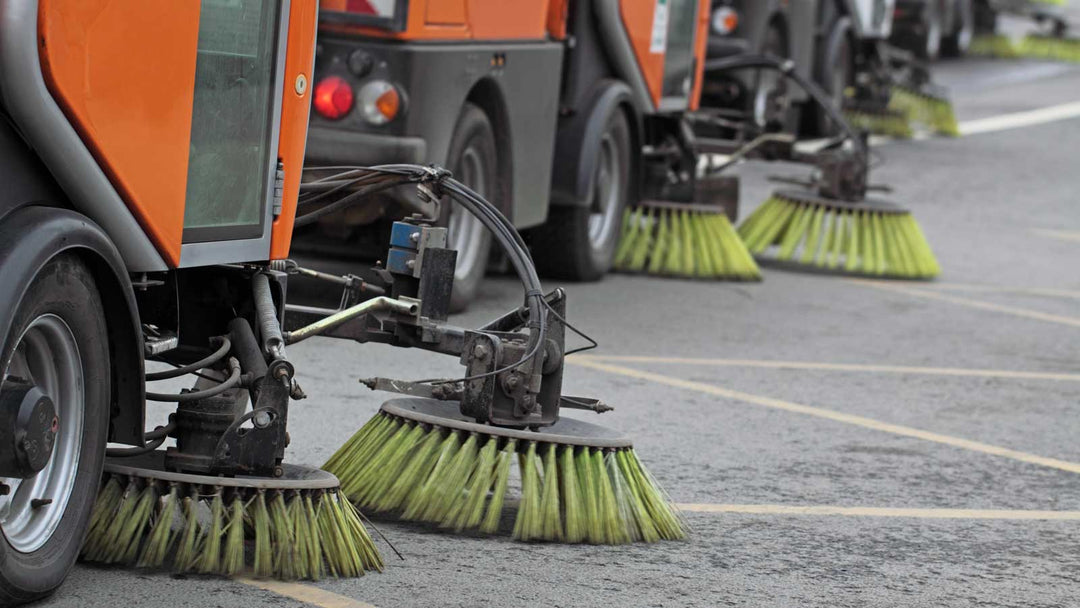Biomechanics 101: Understanding Pedal Stroke Efficiency
Biomechanics 101: Understanding Pedal Stroke Efficiency
Introduction
Cycling, whether for competition or leisure, demands not only physical endurance but also technical proficiency. One key aspect often overlooked is pedal stroke efficiency, a critical component in enhancing overall cycling performance. This post delves into the biomechanics of pedal stroking, offering insights on how cyclists can optimize their motion to achieve maximum efficiency.
The Basics of Pedal Stroke
What is Pedal Stroke Efficiency?
Pedal stroke efficiency refers to the effectiveness with which a cyclist converts their physical input into forward motion. This involves minimizing energy loss and maximizing power output throughout the pedal rotation.
Components of an Efficient Stroke
- Smoothness: Maintaining an even distribution of force.
- Power Application: Effective force application during the power phase.
- Recovery: Proper foot and leg movement during the upstroke.
Analyzing the Pedal Stroke Cycle
The Power Phase
This phase begins when the pedal is at the top of the stroke, approximately at 12 o'clock, and continues until around 5 o'clock. Here, the cyclist pushes down on the pedal, generating forward propulsion. The key is to apply force throughout this arc efficiently, avoiding any dead spots where power might wane.
The Recovery Phase
Starting around 6 o'clock and moving back up to 12 o'clock, this phase involves pulling the pedal back up. Efficient cyclists use this phase to prepare the leg for the next power phase, potentially using techniques like *ankling* to optimize the transition.
Techniques to Improve Pedal Stroke Efficiency
Consistent Practice
Regularly focusing on each phase of the pedal stroke during training can lead to more automatic and efficient movements.
Drills and Exercises
1. Single-Leg Drills: Practice pedaling with one leg at a time to develop strength and coordination in each leg.
2. High Cadence Spinning: Helps in refining pedal stroke smoothness and efficiency.
3. Strength Training: Specific exercises targeting the quads, hamstrings, and calf muscles can enhance power output.
Bike Fit and Equipment
Proper bike fit is crucial. An incorrectly sized or adjusted bike can lead to inefficient pedaling form, increased fatigue, and even injury.
Key Benefits of Efficient Pedal Stroking
- Increased Speed: More power and less energy waste translate to higher speeds.
- Reduced Fatigue: Efficient movements conserve energy, which is critical in long rides or races.
- Injury Prevention: Proper technique reduces abnormal stress on the joints and muscles.
Conclusion
Understanding and improving pedal stroke efficiency can significantly enhance your cycling performance. It involves biomechanical awareness, regular practice, and optimal equipment setup. By focusing on each aspect of the pedal stroke, cyclists can achieve smoother, more powerful, and efficient rides.
> "Mastering pedal stroke efficiency is not just about working harder, but working smarter."
Call-to-Action
Ready to improve your cycling performance? Dive deeper into your training techniques and bike setup. For more tips and detailed guides, sign up today to receive updates and expert advice directly to your inbox!
Meta Title
Maximize Cycling Performance with Pedal Stroke Efficiency
Meta Description
Discover how optimizing your pedal stroke efficiency can boost your cycling speed, reduce fatigue, and prevent injuries. Learn expert tips and techniques here.






